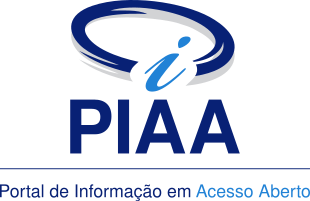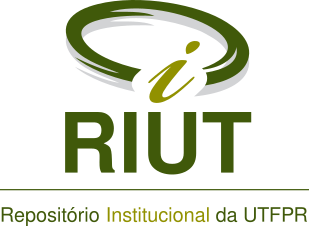Food bars formulated with soy residue
Resumo
The present work aimed to study an alternative for the use of the okara residue derived from the soymilk production process. The residue was employed in the elaboration of cereal bars, which constitute a class of food with functional appeal and potential consumer market. Three formulations containing different concentrations of okara flour (10 %, 20 % and 30 %) were elaborated and studied. All formulations presented good microbiological and physical-chemical quality. Furthermore, the consumer sensory acceptance was up to 76 % higher in all set attributes. The sample with 20 % of okara flour was selected as the best formulation, presenting an 83.74 % acceptability index, besides good nutritional characteristics (5,94 % of lipids, 12,16 % of proteins, 67,82 % of carbohydrates and 17,21 % of alimentary fiber). The results of this work showed the possibility using the okara in the elaboration of a food product with potential market, and it demonstrated a strategy for the use of a high nutritional value agro-industrial process remainder.
DOI: http://dx.doi.org/10.14685/rebrapa.v1i2.22
Palavras-chave
Texto completo:
PDFDOI: 10.14685/rebrapa.v1i2.22
Apontamentos
- Não há apontamentos.
Direitos autorais





